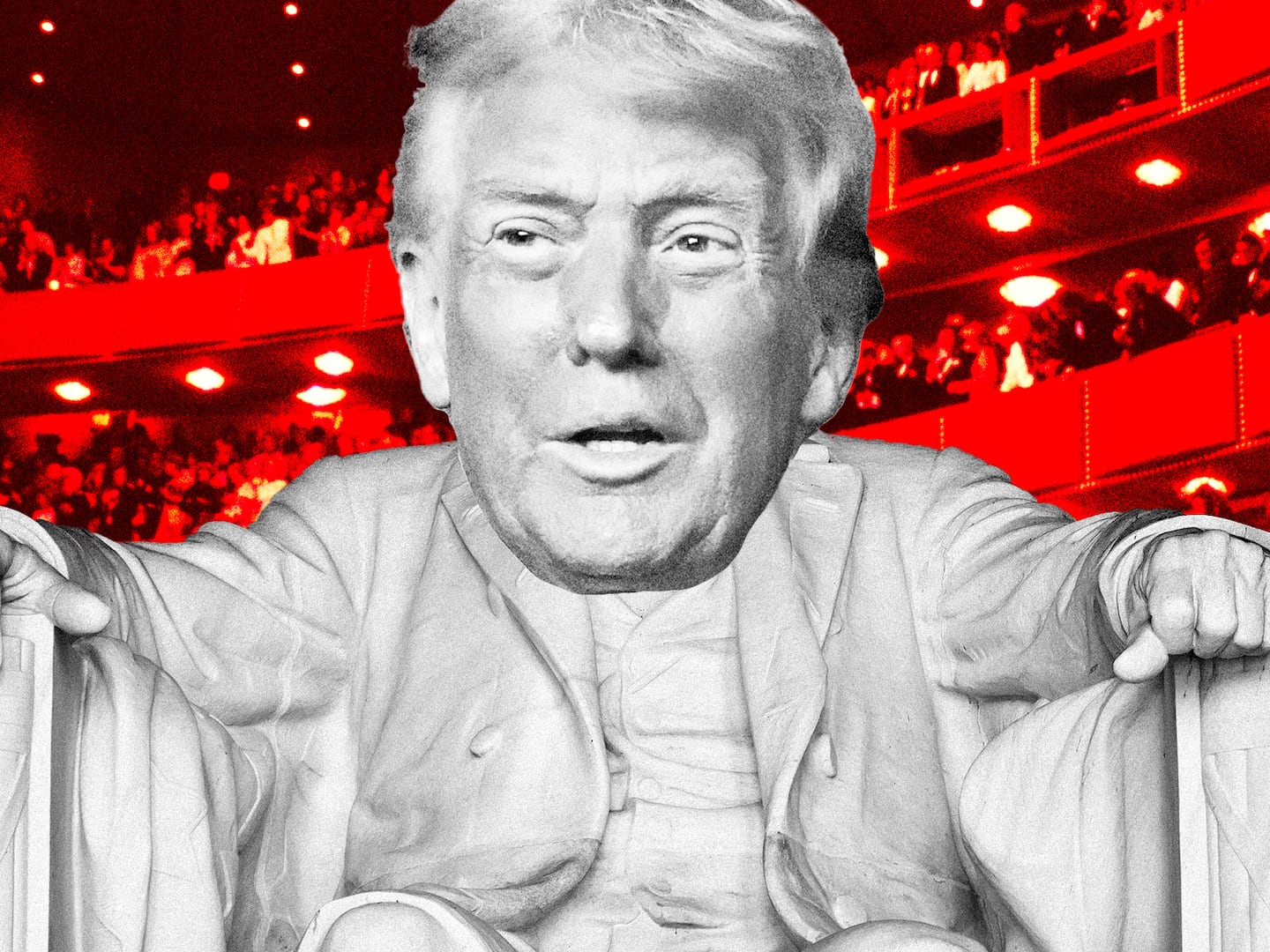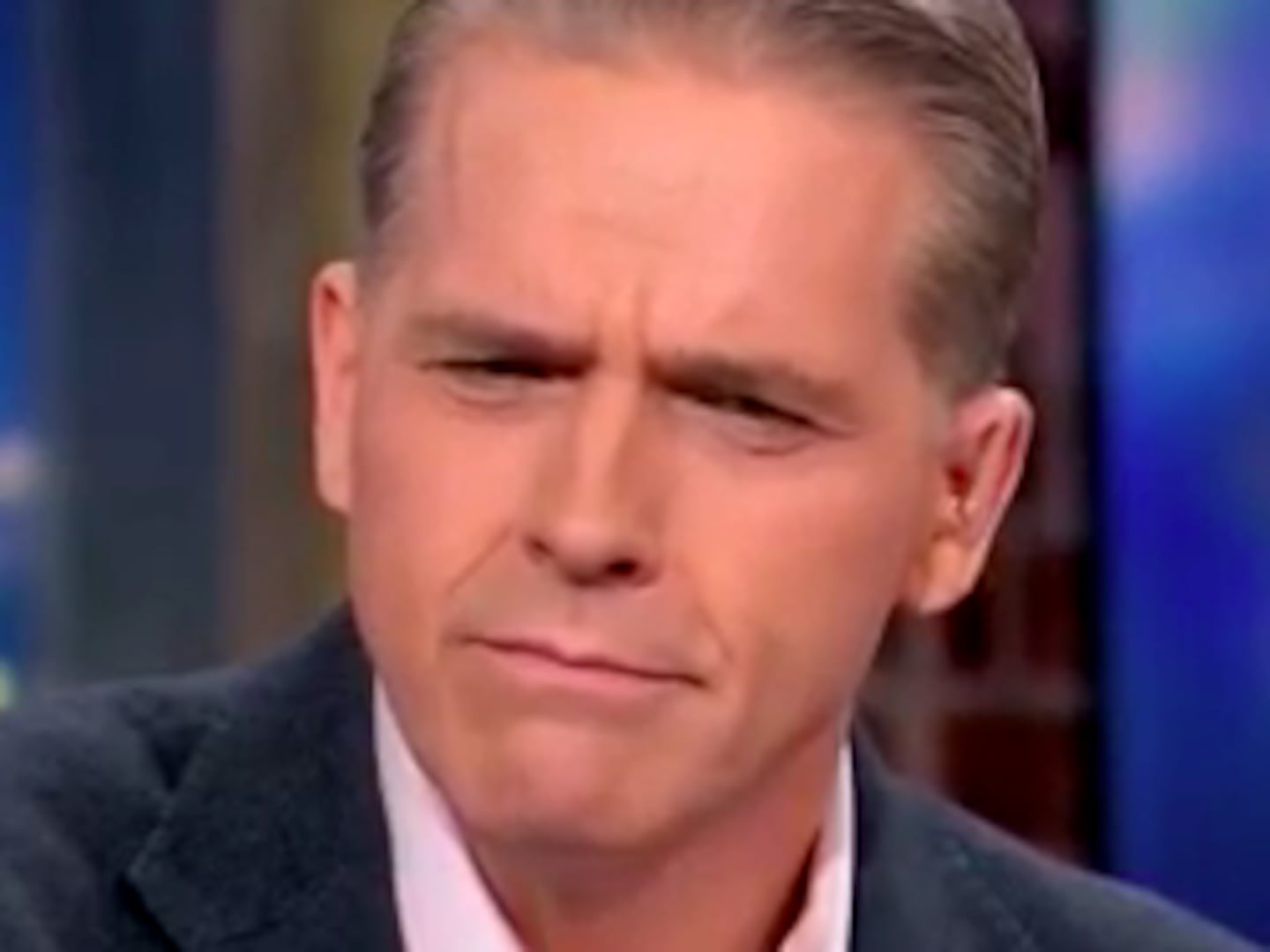The idea that undeserved riches carry a curse appeals to our sense of fairness, to say nothing of whetting our appetite for schadenfreude. Whether it’s a Mega-Millions winner whose life has woefully disintegrated, or a perpetually unlucky-in-love silver spoon heiress, the media will invariably deliver the details in a tone of superstitious glee. The Johnson dynasty, along with the families Kennedy and Onassis, has for decades provided the most vivid illustrations that money not only can’t buy happiness, it also ushers in tragedy.

Beset by endless catastrophe, the Johnsons, whose billions derive from the health-care behemoth (and originator of Band-Aids, Baby Oil, and Baby Powder) founded, in 1887, by three sons of a poor Pennsylvania farmer, are not “wicked people,” ventures biographer Jerry Oppenheimer on the first page of his new book, Crazy Rich: Power, Scandal, and Tragedy Inside The Johnson & Johnson Dynasty. “Most if not all of the horrors they faced,” he writes, “were attributable to the vast fortunes they had inherited, and the psychological impact on them of all that unearned wealth.”
Oppenheimer, known for his cheerfully trashy—and always unauthorized—biographies of figures like Anna Wintour, the Clintons, and Martha Stewart, doesn’t make a convincing case for the Johnsons’ non-wickedness (on the contrary, no one leaps off the page as potentially tolerable company, with the marginal exception of five-times married Libet Johnson, who in her 60s is still going through men and $50 million homes like Kleenex). Nor, judging by the evidence in Crazy Rich, can the grim misfortune suffered by many of the Johnson & Johnson heirs be blamed entirely on their burdensome bank accounts, although cash-fueled recklessness has certainly played its part in a number of accidents and drug overdoses. Actually, by the end of Oppenheimer’s slapdash account—which, while evidently untroubled by an editor’s pen, is sporadically enjoyable for its abundance of mind-boggling, muck-raking anecdotage—the reader is left wondering whether the notion of a curse is so fanciful, given the magnitude of bad luck befalling generation after generation of the Johnson family.
The 1968 death of Robert Wood Johnson II, son of a co-founder of Johnson & Johnson, the highly successful chairman of the board for 25 years, and known as the General because of his WWII army rank, augured an especially unfortunate phase. If as a 74-year-old ex-smoker his succumbing to terminal cancer wasn’t anything out of the ordinary, it was an abrupt lesson in the democracy of illness for this tyrannous leader, who expected the world to bend to his iron will. His last words were: “I have millions and I would give everything I have if someone could make me well.” Meanwhile, his son Bobby, whom he’d rejected for being a fat child, and later feuded with and fired as president of Johnson & Johnson in 1965, was diagnosed with colorectal cancer. Despite cutting-edge radiation treatment, he died in December 1970 at age 50. In September 1968, his son Robert Wood “Woody” Johnson III, famous today as the owner of the New York Jets, had broken his back and been pronounced permanently paralyzed. The 21-year-old University of Arizona junior was driving from Tucson to Phoenix with friends. Stopping for a bathroom break at an interstate exit, Woody, likely drunk and in pitch darkness, fell backwards off an overpass, hitting the ground 18 feet below. Following surgery, months of intensive care, and a lengthy rehabilitation, he was able to walk again, but with a permanent limp. Two of his younger brothers weren’t so lucky. In 1975, 27-year-old Keith Johnson died after shooting up cocaine. A few weeks later, 23-year-old Billy Johnson was killed in a motorcycle accident in Los Angeles, just two years after receiving his first trust fund check for around $10 million.
None of Bobby’s five children (also surviving Keith and Billy, along with Woody and Libet, is their younger brother Christopher), nor indeed any Johnson since Bobby, has ever worked for the family business, which went public on the New York Stock Exchange in 1944. The General’s ruthless business acumen, the company’s pioneering medical products and health remedies, and its distinctive packaging—the Red Cross logo was brazenly appropriated from American Red Cross founder Clara Barton, who was eventually paid the princely sum of one dollar—would result in unfathomable wealth into perpetuity for every Johnson & Johnson scion. A block of one hundred company shares, which sold for $3,750 in 1944, was worth $12 million by the end of the 20th century, and so for Woody and his siblings, tens of millions of dollars in company stock accrued in trust funds with zero effort on their part.
Other sections of the Johnson family, including the descendants of the General’s younger brother, John Seward Johnson I, are similarly endowed. As a teenager in the early 1900s, Seward was apparently kept as “a sexual prisoner” by a New York socialite, having been abandoned by his parents. After he died, his daughter, Mary Lea—the first infant face on the Baby Powder container, and the recipient of a $100 million trust fund—publicly claimed that he had molested her, a charge that her son, Eric Ryan, believes was a scurrilous concoction of her “flamboyant, publicity-hungry producer husband,” Marty Richards. “My mother was not a stable person,” Ryan told Oppenheimer. “She was heavily into alcohol and painkillers.” In 1976 Mary Lea accused her second husband, a child psychiatrist named Victor D’Arc, of conspiring with his alleged lover—their 32-year-old handyman and chauffeur—to have her murdered so as to obtain the $20 million she’d bequeathed to him in a will. No charges were ever brought against D’Arc, but the story competed with the Son of Sam murders for newspaper headlines that summer.
Less controversial, and consequently not of interest to Oppenheimer, are the lives of Mary Lea's five siblings: Jennifer Underwood Johnson, who was a photographer, endured the 1980 suicide of her ex-husband and sons’ father, but otherwise avoided scandal, as did Diana Melville Johnson and Elaine Johnson. John Seward Johnson II became a successful sculptor after he, like Bobby, was fired from Johnson & Johnson in the 1960s, while James Loring Johnson lives under the radar as a landscape painter. The latter’s son, Jamie Johnson, is the documentary filmmaker who made the HBO-screened Born Rich and the Cinemax-screened The One Percent. His relatively un-tumultuous life, like his father’s, doesn’t warrant raking over in Crazy Rich; he isn’t even mentioned, probably to his relief.
Woody is the focal point of the book, and you can see why. His purchase of the Jets for $635 million in 2000 made him a household name—at least among people who follow football—and his deep involvement in the GOP equals mighty influence. As Oppenheimer details, Woody supported both McCain and Romney, providing substantial amounts of his own money as well as soliciting donations from his powerful friends. It was thanks to Woody that the 2008 Republican National Convention's $10 million shortfall was met. In the run-up to 2012, Woody was often by Romney’s side, hosting $2,500-a-plate breakfasts and accompanying him on a trip to Israel for “meetings.” Oppenheimer observes that the two men, who were born a month apart in 1947, share “the same political philosophies, a similar kind of private equity business,” and are “both intensely secretive, especially about their finances.” (Woody, not surprisingly, refused to co-operate with Oppenheimer, who requested an interview but was rebuffed.)
Woody’s storyline is the most compelling for a biographer for another, sadder, reason: the tragedy that has long stalked him struck again when his 30-year-old daughter, Casey, died after neglecting to take the insulin she needed as a diabetic. Casey was his first child, from his marriage to Nancy Sale Frey, and was a much-photographed celebutante and friend of the Hilton sisters, notorious for her stormy relationships with both sexes (she was once engaged to Tila Tequila), voracious drug use, legal disputes, and bizarre fights with her aunt Libet, whom she angrily accused in the pages of The New York Post and Vanity Fair of stealing her boyfriend. That scandal in 2006, Sale told Oppenheimer, was the “final straw” for Woody, who had already “basically washed his hands of Casey” after a failed 2005 intervention for her substance abuse and mental health issues, which included a diagnosis of borderline personality disorder.
At the end of Casey’s life, she and Woody were not on speaking terms. Nor had Sale seen her in months, since she went to “rescue” Casey’s three-year-old adopted daughter from her “emotionally drowning” mother. On January 4, 2010, when Casey was found dead at her West Hollywood home, was “the worst day of my life,” said her father, who had donated millions to diabetes research. But Woody, starkly revealed by Crazy Rich as the world’s least enviable billionaire, was destined to be confronted, like his frustrated grandfather on his death bed, with the limitations of wealth’s potency. As he said when Casey was a child, he still mourned the loss of his father and brothers: “All my trust fund wealth aside, I’d give it all back if it meant getting all those family members back.”
Editor's note: An earlier version of this article misidentified the destination of Woody Johnson's drive during his accident, and an editing error mentioned the Republican National Committee.






